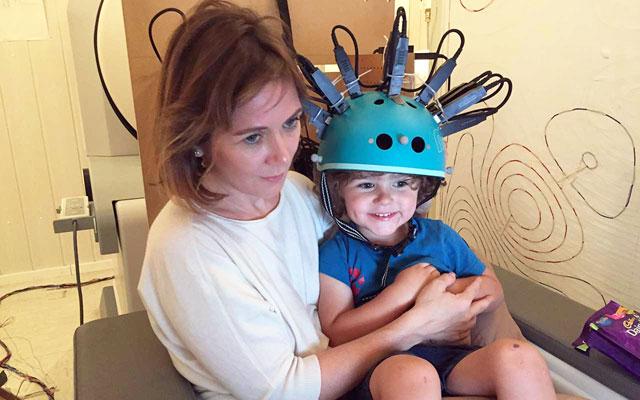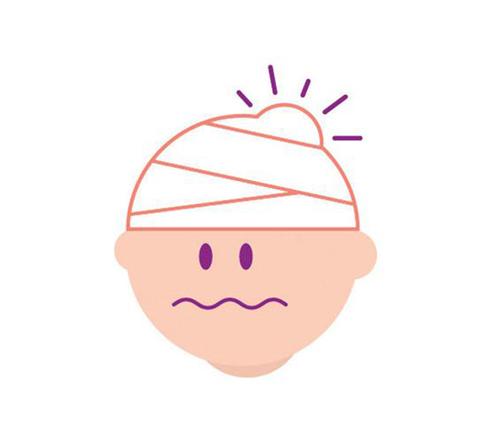You are here
Helmets prevent severe head injuries in bike accidents
By Reuters - Aug 21,2016 - Last updated at Aug 21,2016

Photo courtesy of babblebikes.com
Despite some criticism of bike helmets for not being protective enough, they do cut the risk of severe traumatic brain injury (TBI) by half when riders suffer a head injury, a US study suggests.
Riders with helmets were also less likely to die from their injuries, and less likely to break facial bones, than those not wearing a helmet, researchers report in American Journal of Surgery.
“It’s similar to wearing a seat belt, said Dr Jerri Rose, a paediatric emergency physician at University Hospitals’ Rainbow Babies and Children’s Hospital in Cleveland, Ohio, who was not involved in the study. “Wearing one doesn’t ensure that you’re not going to get in a car accident, but it lowers the risk of injury and of dying in a car accident.”
Millions of Americans ride bicycles, but less than half wear bicycle helmets, according to the Centres for Disease Control and Prevention.
In the US, there were 900 deaths and an estimated 494,000 emergency room visits due to bicycle-related injuries in 2013, the study authors write.
Using the American College of Surgeons’ National Trauma Data Bank, the researchers analysed records of 6,267 people treated in 2012 for bleeding inside the skull after a bicycle accident.
One quarter of patients had been wearing a bicycle helmet at the time of their accident. Just over half of the patients had severe traumatic brain injuries and 3 per cent died.
Researchers found that people wearing helmets had 52 per cent lower risk of severe TBI, compared to unhelmeted riders, and a 44 per cent lower risk of death.
Riders with helmets also had 31 per cent lower odds of facial fractures. The upper part of the face, particularly around the eyes, was most protected. Helmets offered less protection against fractures to the lower part of the face, such as the nose and jaw.
Moreover, people who wore helmets reduced their likelihood of having brain surgery, further confirming a certain level of protection with helmet use, the study team writes.
“Using helmets has always been controversial,” said study coauthor Dr Asad Azim, a research fellow in the department of surgery at the University of Arizona in Tucson. “Critics argue that due to its incomplete design bicycle helmets are of no use and do not protect riders when it comes to severe injuries.”
But “the results of the study say different”, he told Reuters Health by e-mail.
Helmeted riders were more likely to be white, female and insured compared to non-helmeted riders. Riders aged 10 to 20 were among the least likely to wear a helmet, while those aged 60 to 70 were most likely to wear one.
“About 75 per cent of people in this study weren’t wearing helmets so we have a long way to go in terms of making sure that people wear helmets when cycling,” Rose said.
“Especially teens,” she added, “they perceive it as not cool.”
The key is to start them early, Rose said. “Starting early is really important. As soon as they start riding their bikes, they should be taught to wear a helmet. It has to become a routine.”
Related Articles
NEW YORK —Scientists have used a modified bike helmet to create a device that can monitor brain activity in children in realtime.The technol
With freewheeling summer months behind children and school and organised sports just ahead, new research offers some sobering news about the
Kids of lower socioeconomic status, those riding in rural areas, and those riding mostly on the sidewalk have higher risk of injury than oth



















